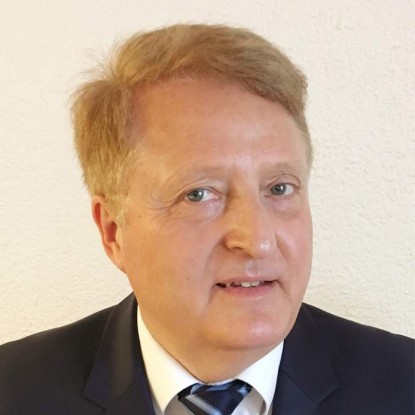
Next generation of energy storage
Project SIMBA (“Sodium-Ion and sodium Metal Batteries for efficient and sustainable next-generation energy storage”) is being carried out by an international consortium and coordinated by Professor Ralf Riedel and Dr. Magdalena Graczyk-Zajac at the Institute of Materials Science at TU Darmstadt. It focuses on a key problem of the use of renewable energies: In principle, they are inexhaustible, but they are not available in equal quantities at all times. Reliable use requires efficient and economical energy storage technologies for grid stabilization. Electrochemical energy storage systems offer the most promising solution.
Among the battery systems available, the sodium-ion technology has the potential to represent the next generation of low cost and environmentally friendly electrochemical energy storage systems, especially for stationary energy storage applications.
The ultimate goal of SIMBA is to develop a safe and low-cost all-solid-state-sodium battery technology for stationary application. Critical raw materials will be replaced to a large extent by sustainable, recyclable battery materials, thus reducing supply risks and environmental impact, which are currently affecting other technologies, i.e. Lithium-ion batteries. The unprecedented concept of SIMBA is based on the integration of a sodium metal anode in a sodium free assembly architecture including a highly porous support on the anode side, a conductive solid electrolyte and an innovative iron-based cathode material.
By designing and modelling interfaces and a profound understanding of sodium storage and transport mechanisms within the all-solid-state system, SIMBA moves away from a conservative approach limited to Lithium-ion based systems.
Within the SIMBA consortium, the interdiscliplinary team of TU Darmstadt will research and develop innovative battery anode materials (responsible: Prof. Ralf Riedel, Department of Materials and Earth Sciences) as well as characterize transport phenomena accross the materials and interfaces experimentally by means of in-situ solid state nuclear magnetic resonance (NMR, Prof. Gerd Buntkowsky, Department of Chemistry) and theoretically by atomistic modelling (Prof. Karsten Albe, Department of Materials and Earth Sciences).
Further members are the Karlsruhe Institute of Technology – Helmholtz Institute Ulm, University of Birmingham, University of Warwick, Uppsala University, the Research Institute CEA, Fraunhofer ISE, Institute for Energy Technology IFE, the Slovak Academy of Sciences and various industrial partners. An advisory board from industry will support the consortium in the implementation of the innovative sodium solid-state batteries.
Background
The SIMBA project is funded through the Horizon 2020 call LC.BAT-8-2020: “Building a Low-Carbon, Climate Resilient Future: Next-Generation Batteries”. SIMBA starts January 1, 2021, and will be funded for 42 months.
The project is funded by the European Union (Grant Agreement N. 963542).











